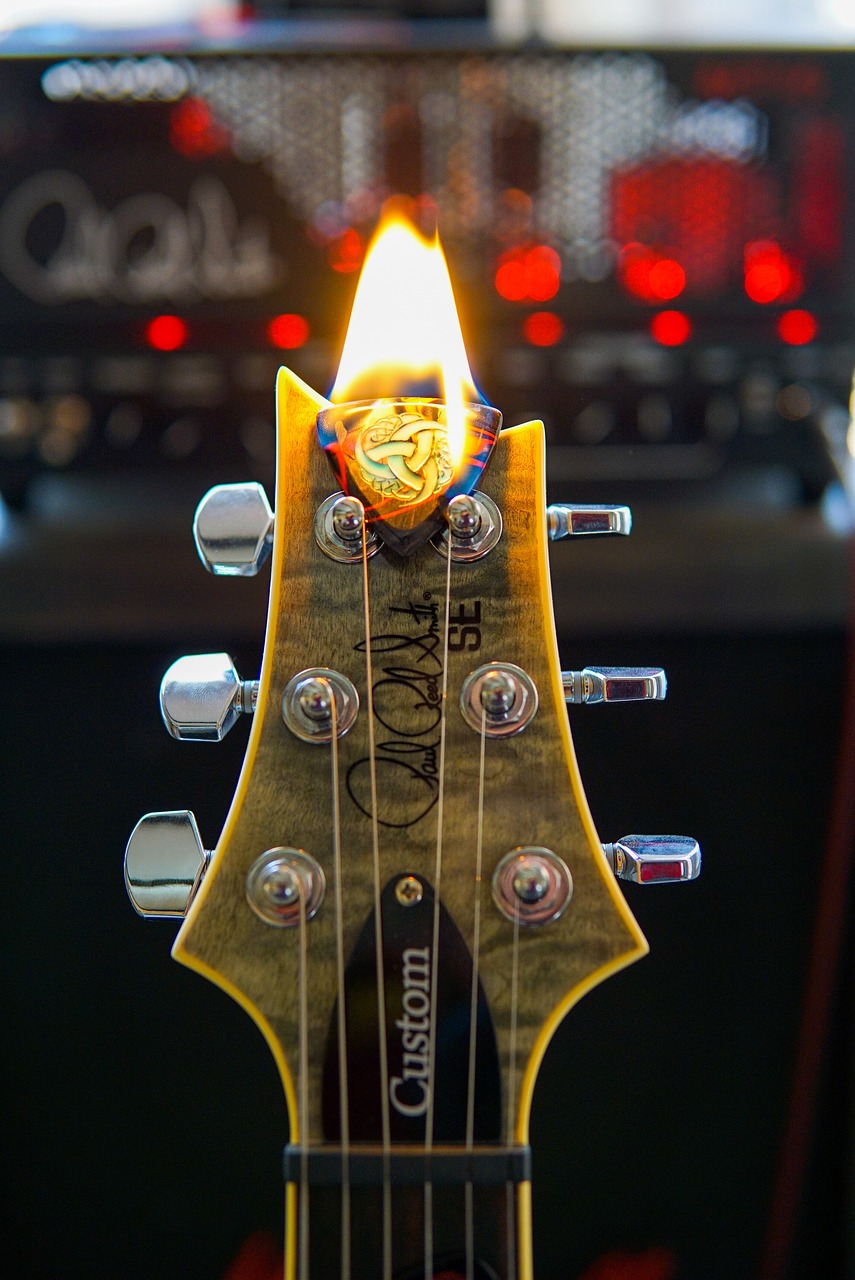Freya: The Goddess of Love and Destiny in Norse Mythology
In Norse mythology, Freya, also referred to as Freyja (meaning “Lady” in Old Norse), holds a prominent position among the deities. She belongs to the Vanir tribe yet gained acceptance into the Aesir following the Aesir-Vanir War. Njord is her father, while her mother’s identity is unclear but is speculated to be Nerthus. Her brother is Freyr, and her husband, Odr—although often equated with Odin in varying texts—is arguably synonymous with Odin’s wife Frigg.
Freya is celebrated for her passionate interests in love, beauty, fertility, and exquisite possessions, earning her the reputation of the “party girl” within the Aesir’s realm. Loki’s accusations in Eddic poetry highlight her romantic escapades with many gods and elves, suggesting a zest for life that extends beyond mere flirtation. However, Freya embodies more than indulgence; she represents the archetype of the völva, a practitioner of seidr, the structured form of Norse magic. Freya introduced this mystical craft to both gods and humans, wielding immense knowledge and power for molding health, prosperity, and desires.
Freya governs the afterlife domain known as Folkvang, where she selects half of the fallen warriors. Her role as a völva in Norse society is corroborated by the Ynglinga Saga and further implied in various Eddas and sagas. Notably, she possesses falcon feathers that allow her to transform into a bird, which connects her to mystical mobility.
During the Migration Period (circa 400-800 CE), the figure later recognized as the völva was granted an essential and revered status among the Germanic tribes. A warband, which was a tightly-knit military group led by a chief and often his wife, relied heavily on the veleda—who provided prophetic insights and enacted magic to influence decisions. Historical accounts, such as those by Tacitus, reveal the veleda’s role in determining the fate of strategic plans while serving potent alcoholic beverages symbolic of authority during ritual feasts.
An illustration of such a figure appears in the classic Old English epic Beowulf, where Hroðgar’s wife, Wealhþeow, parallels the veleda in her actions that strengthen the cohesion and hierarchy of the warrior band. The enduring presence of the divine pair, Frija and Woðanaz, shaped what later emerged as Freya and Odin, correlating the roles of women like Wealhþeow with the goddesses.
The Duality of Freya and Frigg
Despite ancient literature presenting Freya and Frigg as distinct entities, significant underlying similarities exist between them. Their divergences can often be attributed to historical interpretations during the Norse conversion to Christianity around the year 1000 CE. The goddess who became Freya was the consort of the deity who evolved into Odin, maintaining a more obscured connection in later Old Norse texts. Freya’s husband, Odr, shares a name nearly identical to Odin—both stemming from words reflecting “ecstasy” and “inspiration.”
Tales abound that suggest both Freya and Frigg were involved in marital infidelity, highlighting shared attributes. Medieval historian Saxo Grammaticus notes incidents of Frigg’s indiscretions, while other narratives indicate that both goddesses may possess similar behaviors in their romantic encounters.
Freya and Frigg are portrayed as adept in the practice of seidr. Furthermore, Frigg, like Freya, possesses feathers for shapeshifting, reinforcing their connection in terms of divine abilities. The relationships entailed reflect deeper mythological construct linking them both to fate and destiny.
The historical roots of Friday reveal an additional connection; both the archaic goddess, Frija, served as the namesake of the day, hinting at shared worship among the Germanic peoples before Norse distinctions emerged. The names themselves also reflect the intertwined identities of the goddesses—Freya as a title akin to “Lady,” while Frigg means “beloved.” This alignment of attributes signals their ultimate reduction to a singular deity.
Despite the evidence supporting their unified identity, the differences presented in late Old Norse sources remain enigmatic. The question of their narrative distinctions continues to elude a comprehensive answer, leaving a fascinating exploration into the nuanced perceptions surrounding these iconic symbols of love and magic in Norse mythology.



